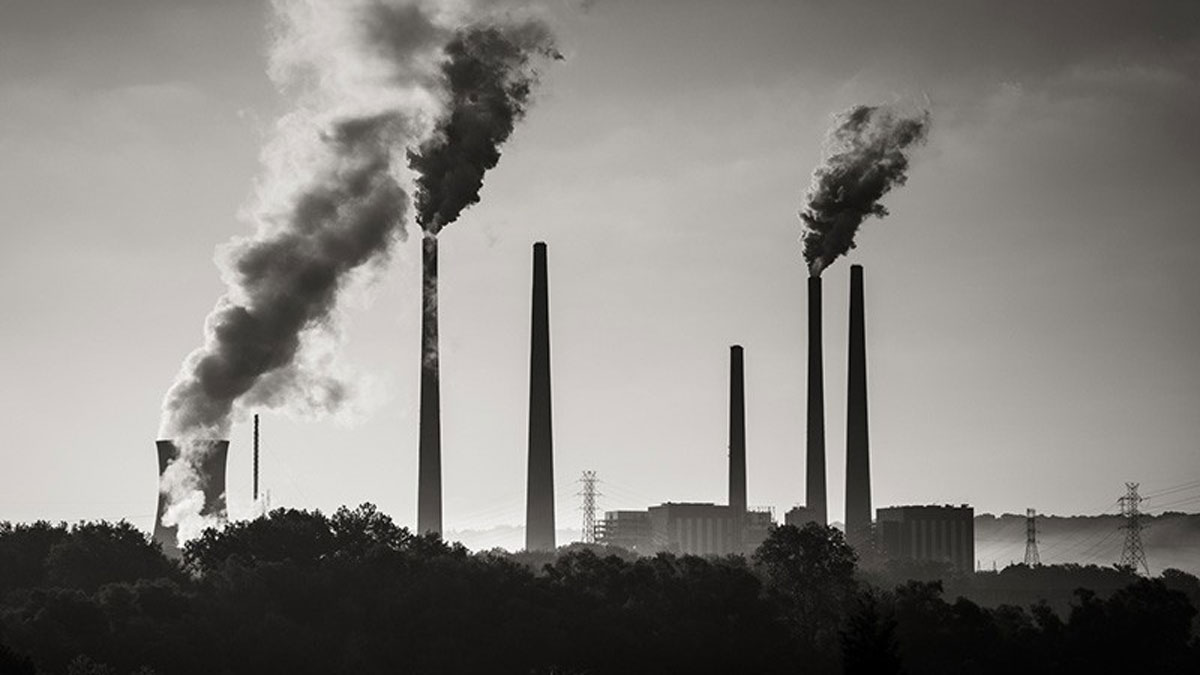Source: GeoHealth
A translation of this article was made possible by a partnership with Planeteando. Una traducción de este artículo fue posible gracias a una asociación con Planeteando.
Energy-related emissions in the electric power, transportation, building, and industry sectors take a direct toll on human health in the form of air pollution. Fine particulate matter (PM2.5) is one of the biggest health risks to communities living in highly polluted areas. Chronic exposure to PM2.5 can lead to a wide range of health problems, including respiratory infections, cancer, heart disease, stroke, and possibly dementia. These health problems often disproportionately affect the most vulnerable communities.
Since 2015, states across the United States have begun to set ambitious emissions reduction plans. For example, Massachusetts passed legislation to put the state on track to reach net zero greenhouse gas emissions. However, the country still isn’t decarbonizing at a rate fast enough to meet Paris Agreement targets and avoid the worst outcomes of global warming. Quantifying the health effects of energy-related emissions—and the benefits of a transition to renewable energy sources—could support a public health–focused rationale for transitioning to clean energy sources.
In a new study, Mailloux et al. estimate the health benefits of completely removing PM2.5 and related emissions from the U.S. energy system. They used EPA’s CO-Benefits Risk Assessment screening tool, which allows policymakers and researchers to estimate the health impacts of various emissions scenarios.
They found that removing all of the United States’ energy-related sources of PM2.5, along with the associated pollutants sulfur dioxide and nitrogen oxides, could prevent roughly 50,000 premature deaths per year. In addition, they found that a transition away from burning fossil fuels could save an estimated $608 billion in the health care costs and loss of life associated with PM2.5. Of all the sectors, removal of emissions from on-road vehicles made the single biggest difference in terms of avoided premature deaths and monetized health benefits.
These findings could strengthen the case for a national clean energy policy in the United States, according to the authors. Their analysis showed that as many as 33 states would receive at least twice the benefit from nationwide action compared with state-specific policies. The authors stress, however, that regional clean energy policies remain valuable and could still save thousands of lives each year. (GeoHealth, https://doi.org/10.1029/2022GH000603, 2022)
—Rachel Fritts, Science Writer

